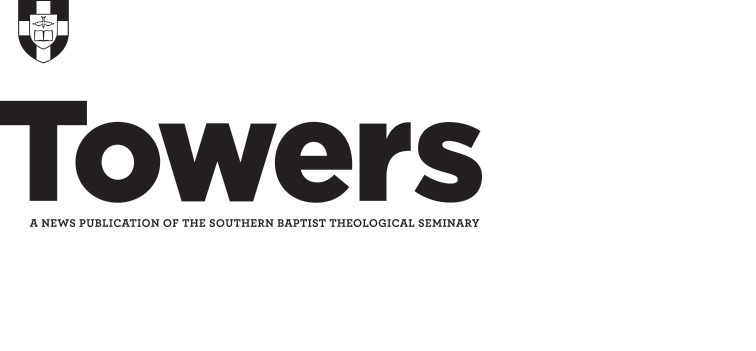If Benjamin Keach was the liberator of Baptist hymnody, Anne Steele was its biggest voice. Steele, who lived 1717-1778, was the daughter of Particular Baptist preacher and timber merchant William Steele. She spent her entire life in Broughton, Hampshire, near the southern coast of England, and devoted much of her time to writing.
Some accounts of her life portray her as a lonely, melancholy invalid, but a revival of research in the last decade indicates that she had been more active and social. She was theologically conversant with Dissenting ministers and “found herself at the centre of a literary circle that included family members from various generations, as well as local literati.” She chose a life of singleness to focus on her craft. Before Christmas 1742, she declined a marriage proposal from contemporary minister-hymnist Benjamin Beddome.
All the same, some of Steele’s sufferings were very real. She lost her mother at age 3, a potential suitor at age 20, her stepmother at 43, and her sister-in-law at 45. She spent many years caring for her father until his death in 1769.
For many years, she exhibited symptoms of malaria, including persistent pain, fever, headaches, and stomach aches. One editor of her hymns noted that she had been bedridden for “some years” before her death:
When the interesting hour came, she welcomed its arrival, and though her feeble body was excruciated with pain, her mind was perfectly serene. … She took the most affectionate leave of her weeping friends around her, and at length, the happy moment of her dismission arising, she closed her eyes, and with these animating words on her dying lips, “I know that my Redeemer liveth,” gently fell asleep in Jesus.
This pervasive connection to suffering gave rise to one of her most enduring hymns, “Dear refuge of my weary soul.” This text has been published in over 300 American hymnals. In recent years, it is has been sweetly set to music by Kevin Twit and featured on albums by Indelible Grace, a group that recasts old hymns with new tunes.
Dear refuge of my weary soul,
On thee, when sorrows rise:
On thee, when waves of trouble roll,
My fainting hope relies.
Historically, her most popular hymn has been “Father, whate’er of earthly bliss,” a hymn that turns earthly loss or denial into a spirit of thankfulness, published in over 800 American hymnals since 1792. Not all of her hymns deal with personal agony; her work spans a wide doctrinal and ecclesiastical range, and her 47 metrical psalms are among the finest of the genre.
Steele’s hymns and psalms were published in two volumes in 1760, Poems on Subjects Chiefly Devotional, under the pseudonym Theodosia, with an additional volume of material published after her death, Miscellaneous Pieces in Verse and Prose, in 1780. A Collection of Hymns Adapted to Public Worship, a hymnal for Baptists in 1769 edited by Caleb Evans and John Ash, published 62 of her hymns that included new material and some of Steele’s revisions. John Rippon’s A Selection of Hymns from the Best Authors in 1787 included 47 of Steele’s hymns; the only author with larger representation was Philip Doddridge’s 101 hymns. These collections represent the earliest attempts to anthologize Baptist hymns and were vital for bringing Steele’s hymns into wider public worship.
In the centuries since their first publication, Steele’s hymns have been highly regarded and frequently printed. She is still considered “a laureate of hymnody for [the Baptists], just as Watts was the laureate of the Independents, Wesley of the Methodists, and Cowper and Newton of the Evangelicals.”
The Boyce Centennial Library Archives recently acquired a first edition of Steele’s Poems (1760) and the posthumous Miscellaneous Pieces (1780). The volumes are in marvelous condition and make a valuable addition to the study of hymnody and Baptist history at the seminary. Researchers are welcome to examine these volumes during normal Archives hours.




